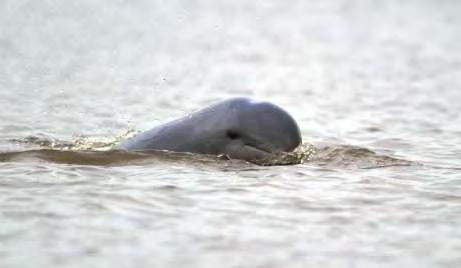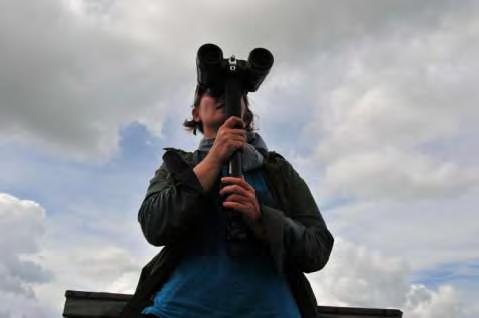Danielle Kreb
Other projects
10 Feb 2016
Improving the Habitat Quality of the Pesut Dolphins in the Mahakam River, East Kalimantan through Environmental Awareness Raising of Riverine Households
The project will aim to support the establishment and sustainable management of two protected areas in progress to protect the Mahakam dolphin

This project aims to follow up on the recommendations from the “International workshop on establishing protected areas for freshwater cetaceans in Asia”, that was held in Samarinda, East Kalimantan, in 2009. The recommended activities to protect the critically endangered Irrawaddy dolphin population and its habitat in the Mahakam River will support the establishment and sustainable management of two protected areas in progress to protect the Mahakam dolphin. The activities include stakeholder meetings to finalize regulations in two PAs and set up a management body, community socialization of area status, environmental education, sustainable fisheries and population monitoring and training. The current project focuses on the sustainable management of a 4.100 ha large and 80 km-long protected dolphin area (PA) in West Kutai District and establishment of another PA of 2.800 ha size and 60 km length in Central Kutai district.

Both areas have the highest dolphin densities and are connected with tributaries and swamps. These swamps present important fish spawning habitat and directly provides the fish stock for the dolphin area. Besides its importance for fisheries, these areas also have a great biodiversity and ecotourism potential for observing animals besides dolphins including several unique bird species, a.o. hornbills and lesser adjutants and mammals species, a.o. the endangered proboscis monkey, the near threatened long-tailed macaque, the silvered and maroon langur, the vulnerable smooth-coated otter, and the endemic Bornean monitor lizard (Budiono et al., 2007).
Major threats to the areas include: - Increased sedimentation rates both in the Mahakam as well as in the tributaries affecting fisheries; Coal-mining transport in narrow tributaries generating loud underwater noise and have caused active avoidance by dolphins and disrupted their daily migration patterns, boat collisions with speedboats in dolphin core areas, such as confluence areas; Coal-cleaning waste products, which reach the Kedang Pahu River through connecting channels, decrease the water quality and disturb the natural balance, which causes a decrease in fish abundance; Overfishing through unsustainable and illegal fishing techniques (e.g., electro-fishing, poison); Aqua-culture that uses small fish from the river and gillnet fishing with very small mesh sizes causes a reduction of future breeding stock. Gillnets that are set up and span a considerable width of the river increase the risk of dolphin entanglements.